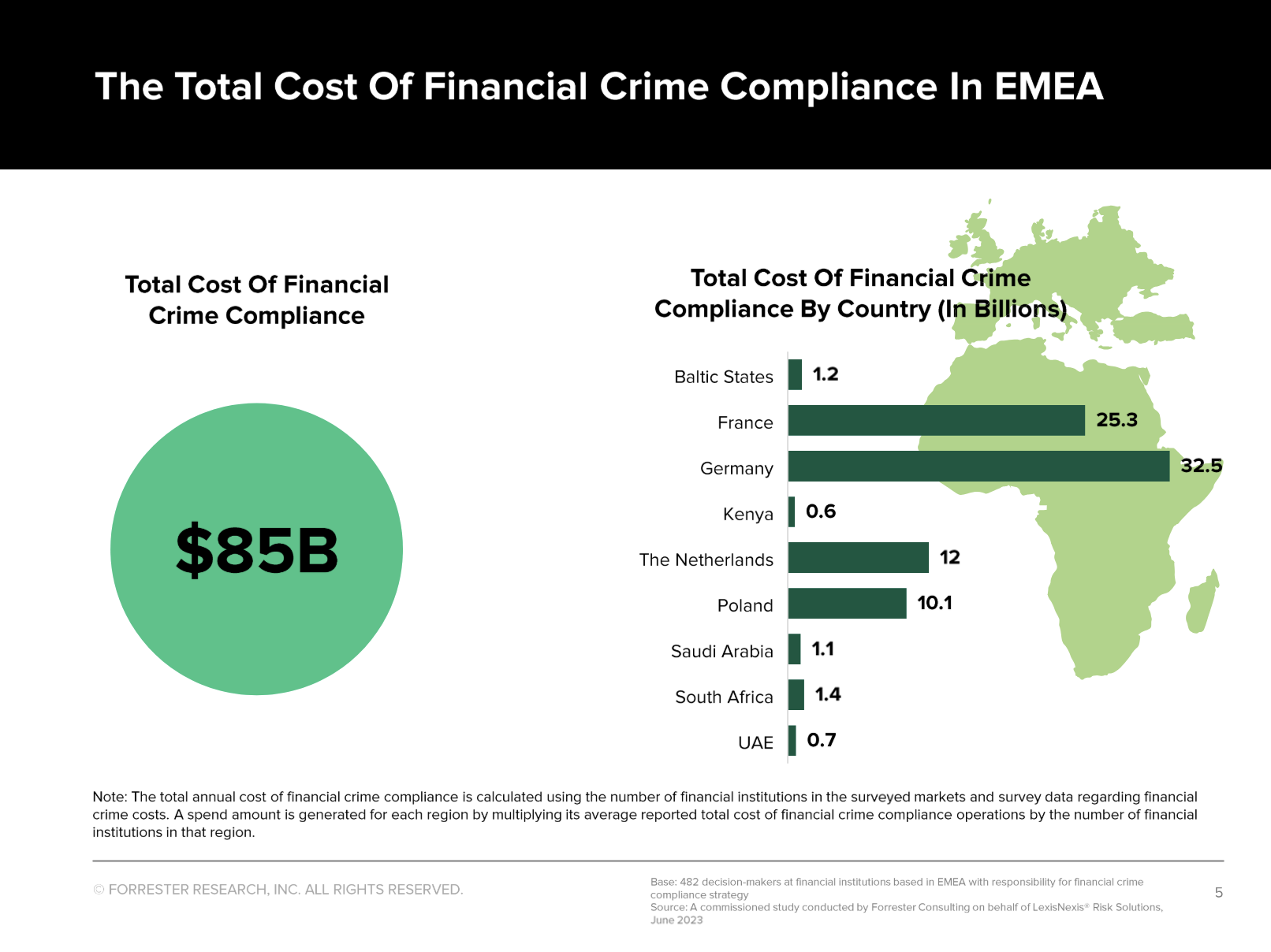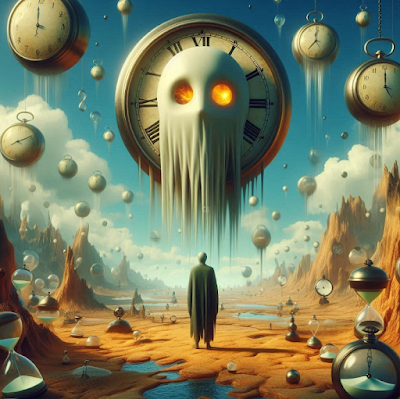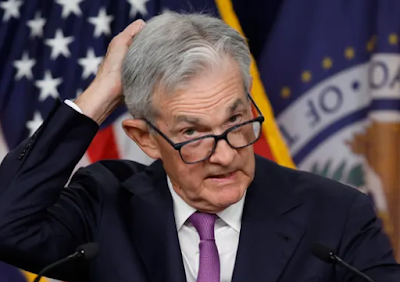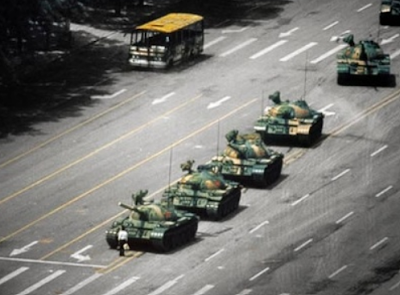The balance of payments leads to many confusions because definitions vary. For example, the IMF’s definition is different from the usual or historical definition. Secondly, the relationship between the balance of payments and reserve assets is difficult to grasp, especially in the IMF definition. Thirdly the origin of “errors and omissions” is often unclear. Therefore we give an explanation in around 400 words, that clarifies the relationships.
Balance of Payments (BOP)
The balance of payments (BoP) consist of three main parts or “accounts”:
- The current account
- The capital account (or “financial account” according to the IMF).
- The IMF treats capital transfers as a third category. This relatively small account “capital transfers” applies e.g. when governments forgive debt or when migrants move country.
The balance of payments contains different (sub-) accounts. For each account the balance between inflows and outflows is measured. One example is the trade balance for goods. The balance is the value of the inflows during the period considered, for example, money received for goods sold minus money paid for goods purchased in the year 2012.
The components of the current account are accounts such as goods (the trade balance for goods) and services (trade balance for services), but also incomes from investments, labour and transfer payments of residents.
The main components of the capital account (or “broadly defined capital account” as Wikipedia calls it) are the direct investments account (investor has influence on decisions), the portfolio investments account (investor does not have influence on decisions) and the bank, corporate, government and central bank lending accounts (the “other investments” category). Reserve assets, assets bought by the central bank, are also included in the capital account.
The sum of the current account and the capital account movements is zero except for some errors and omissions:
We prefer to use a capital account that is a “narrowly defined capital account” that excludes reserve assets from the capital account. This leads to the following equations:
Since some data, especially in the capital account is difficult to obtain, some errors and omissions arise. The change in reserve assets is easy to obtain via the central bank. Therefore the errors and omissions are parts of the “corrected BOP Balance”, the final Balance of Payments.
or replacing corrected BOP with BOP:
When a country has BOP surpluses then its reserve assets increase.
Balance of Payments Model
The balance of payments model states that a currency is valued based of the balance of payments. The currency of a country with a positive BOP balance (a BOP surplus) must appreciate; while, one with a BOP deficit must devalue over time. The reason, in the case of a BOP surplus, is that the central bank owns more reserves in foreign assets and foreign currency than previously and that means the local currency is therefore a relatively scarce good.
The equivalent in BOP terms, is that the currency appreciates when the BOP is positive, namely when the current account surplus is higher than outflows in the capital accounts (or the historically rare case that inflows in the capital account were higher than current account deficits.)
Are you the author? Previous post See more for Next post
Tags: balance of payments,capital account,currency reserves,current account,financial account,FX reserves,Reserves,Switzerland



























